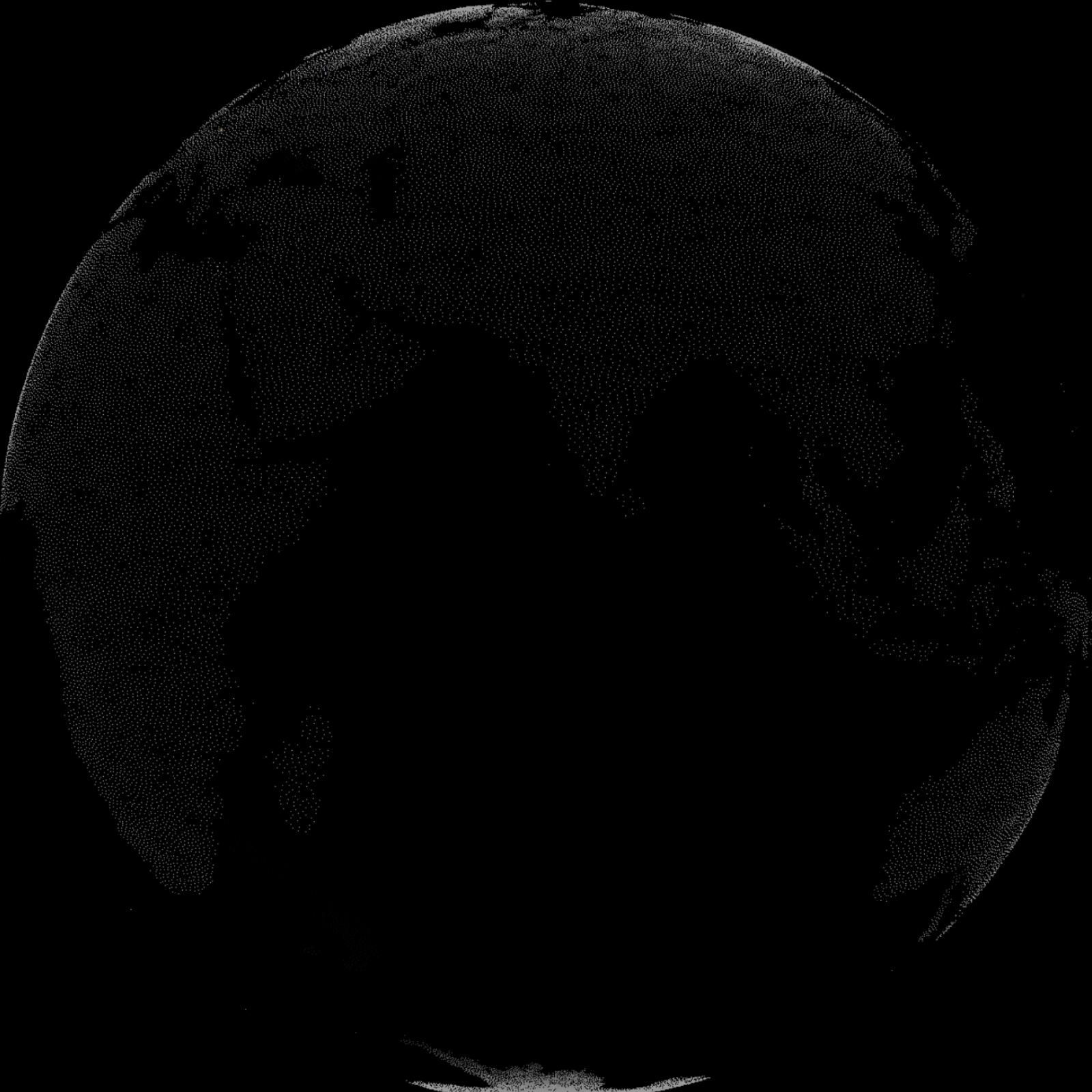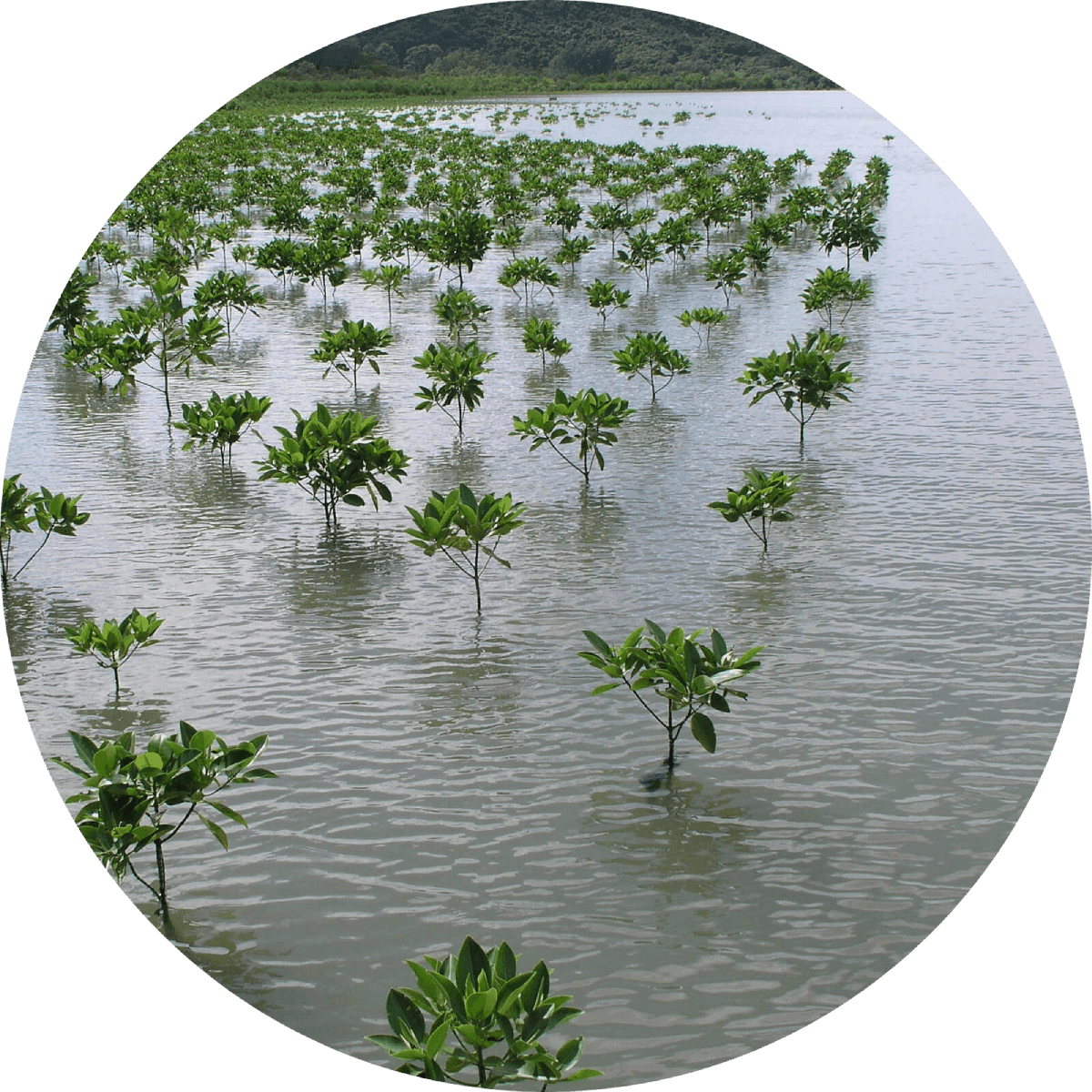"Political unrest doesn’t just destabilize governments—it can also hurt wildlife. A new study finds that large mammal populations declined rapidly following the collapse of the Soviet Union...The analysis uncovered major changes in population growth; with the exception of wolves, all species experienced a drop in population growth rates immediately following the collapse, and three species—wild boar, moose, and brown bears—exhibited significant reductions in population growth throughout the decade following the collapse, with declines evident in 85% or more of the study regions."
Russia Conservation
1660 CE - 2015 CE
"Environmentalists estimate at least 1 percent of Russia's annual oil production, or 5 million tons, is spilled every year. That is equivalent to one Deepwater Horizon-scale leak about every two months."
Nearly 80,000 acres, “the Tugursky Nature Reserve will safeguard key habitat for over 20 species of fish including Chum and Pink Salmon and the threatened Siberian Taimen as well as brown bears, foxes, Blakiston's Fish-owl, Osprey, Steller's and White-tailed Sea-eagles.”
The law states that “anyone found smuggling 'endangered species' can be prosecuted under criminal law. Under previous legislation, only those caught smuggling rare animals worth more than 1 million roubles (USD30,000) could be prosecuted under criminal law—but Russian legislation had no means to determine the value of animals in illegal trade, making it almost impossible to initiate a criminal investigation.“
Opened in 1966 on the shores of Lake Baikal, the Baikal Pulp and Paper Mill was a major source of pollutants, releasing “millions of tons of toxic waste — pumped into the air above the lake, into earthquake-vulnerable pools on shore, and into the water“ over the course of its operations. Lake Baikal, the oldest and largest lake on earth, is “ home to nearly 2,000 animals and plants that live nowhere else, including the world’s only freshwater seal.”
"The 2010 Russian heat wave, which affected the entire Northern Hemisphere, caused 56,000 deaths, including those associated with forest fires and drought."
A report published by the Blacksmith Institute named Dzerzhinsk, Norilsk, and Rudnaya Pristan, Russia as three of the top 10 most polluted places in the world. Chemical weapons manufacturing was the primary cause of pollution in Dzerzhinsk, while metal mining and processing was responsible in Norilsk. Lead smelting and transport from a local mine had resulted in extensive lead poisoning in Rudnaya Pristan.
"The Virgin Komi Forests cover 3.28 million ha of tundra and mountain tundra in the Urals, as well as one of the most extensive areas of virgin boreal forest remaining in Europe. "
"At nearly 1.9 million hectares, Yugyd Va is Russia’s largest national park, and its value for conserving large wilderness areas is even more significant when you consider that it abuts Pechoro-Ilychsky Zapovednik (est. 1930, 721,332 hectares) to the south. Together these two protected areas constitute Russia’s first natural site to receive World Heritage status – the Virgin Komi Forests."
"An accident on the scale of Chernobyl would be a challenge to most countries. However, the Union of Soviet Socialist Republics (USSR) felt able to deal with the consequences, at least up until 1989, when it sought assistance from the WHO and the IAEA to evaluate the consequences of the accident in environmental and health terms. In response, the IAEA created the International Chernobyl Project, which oversaw a visit to the affected areas and made a comprehensive report on radiological consequences and protective measures."
"On April 26, 1986, a sudden surge of power during a reactor systems test destroyed Unit 4 of the nuclear power station at Chernobyl, Ukraine, in the former Soviet Union. The accident and the fire that followed released massive amounts of radioactive material into the environment...After the accident, officials closed off the area within 30 kilometers (18 miles) of the plant, except for persons with official business at the plant and those people evaluating and dealing with the consequences of the accident and operating the undamaged reactors. The Soviet (and later on, Russian) government evacuated about 115,000 people from the most heavily contaminated areas in 1986, and another 220,000 people in subsequent years."
"More than 500 kilometers of the Dniester River were poisoned in September 1983 following the collapse of an earthen dam holding concentrated salt wastes from a fertilizer plant.”
"The first Russian National Parks, Losiny Ostrov within the Moscow urban area and Sochinsky on the Black Sea Coast, were founded in 1983."
"Before Chernobyl, the 1957 'Kyshtym' atomic accident, involving the explosion of a high-level radioactive waste tank in the Urals region in western Russia, was the cause of the most significant, unplanned radiological contamination incident worldwide."


Learn about Maya Lin’s fifth and final memorial: a multi-platform science based artwork that presents an ecological history of our world - past, present, and future.

Discover ecological histories and stories of former abundance, loss, and recovery on the map of memory.

Learn how we can reduce our emissions and protect and restore species and habitats – around the world.

See how art can help us rethink the problems we face, and give us hope that each one of us can make a difference.

Help make a global memorial something personal and close to home. Share your stories of the natural world.